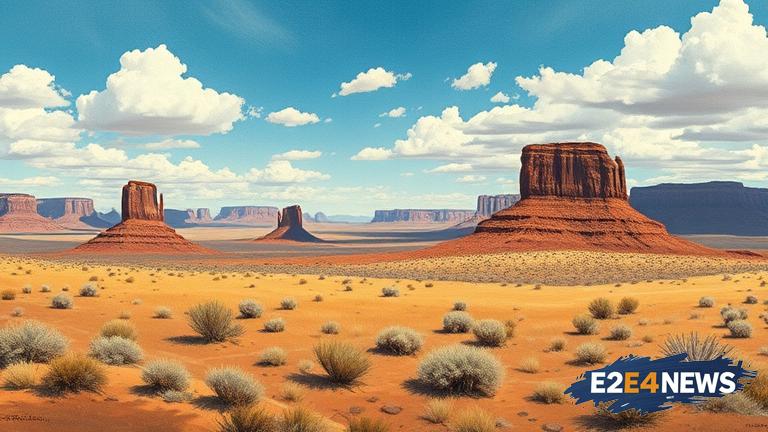The Navajo Nation, the largest Native American reservation in the United States, has a rich and diverse cultural heritage that spans thousands of years. For decades, Navajo tribal members have been working diligently to preserve their language, traditions, and history, despite facing numerous challenges and obstacles. One of the primary concerns for the Navajo people is the preservation of their native language, Diné bizaad, which is spoken by approximately 150,000 people. However, with the increasing influence of modern technology and external cultures, there is a growing concern that the language may be lost forever. To combat this, Navajo tribal members have established language immersion programs, cultural camps, and educational initiatives to teach the younger generation about the importance of their heritage. Additionally, efforts have been made to document and record the Navajo language, including the creation of language learning apps, dictionaries, and language courses. The Navajo people have also been working to preserve their traditional practices, such as weaving, pottery, and jewelry-making, which are not only essential to their cultural identity but also provide a means of economic support. Furthermore, the Navajo Nation has been actively involved in the preservation of their historical sites, including the protection of ancient ruins, petroglyphs, and other cultural artifacts. The tribe has also established the Navajo Nation Museum, which showcases the history and culture of the Navajo people, providing a valuable resource for education and cultural preservation. Moreover, the Navajo people have been working to revitalize their traditional practices, such as the Kinaalda ceremony, which is a coming-of-age ritual for young girls, and the Ye’ii ceremony, which is a traditional healing ceremony. These efforts have not only helped to preserve the Navajo culture but also provided a sense of community and identity for the tribal members. The Navajo Nation has also been actively involved in the development of renewable energy sources, such as wind and solar power, which has not only provided a means of economic support but also helped to reduce the tribe’s reliance on fossil fuels. In addition, the Navajo people have been working to address the issue of climate change, which has had a significant impact on their traditional way of life. The tribe has also established the Navajo Nation Environmental Protection Agency, which works to protect the natural resources and environment of the Navajo Nation. Despite the many challenges faced by the Navajo people, their dedication to preserving their cultural heritage is a testament to their resilience and determination. The Navajo Nation’s commitment to cultural preservation has also been recognized by the federal government, which has provided funding and support for various cultural preservation initiatives. However, more needs to be done to address the ongoing challenges faced by the Navajo people, including the need for increased funding, resources, and support. The preservation of the Navajo culture is not only essential for the Navajo people but also for the rich cultural diversity of the United States. As the Navajo Nation continues to work towards preserving their cultural heritage, it is essential that their efforts are recognized and supported by the wider community. The Navajo people’s dedication to their cultural heritage is a shining example of the importance of preserving our cultural diversity and the need to protect our cultural heritage for future generations. In conclusion, the Navajo tribal members’ decades-long commitment to preserving their cultural heritage is a remarkable achievement that deserves recognition and support. Their efforts have not only helped to preserve their language, traditions, and history but also provided a sense of community and identity for the tribal members. As we move forward, it is essential that we continue to support and recognize the importance of cultural preservation, not only for the Navajo people but also for the rich cultural diversity of the United States.





